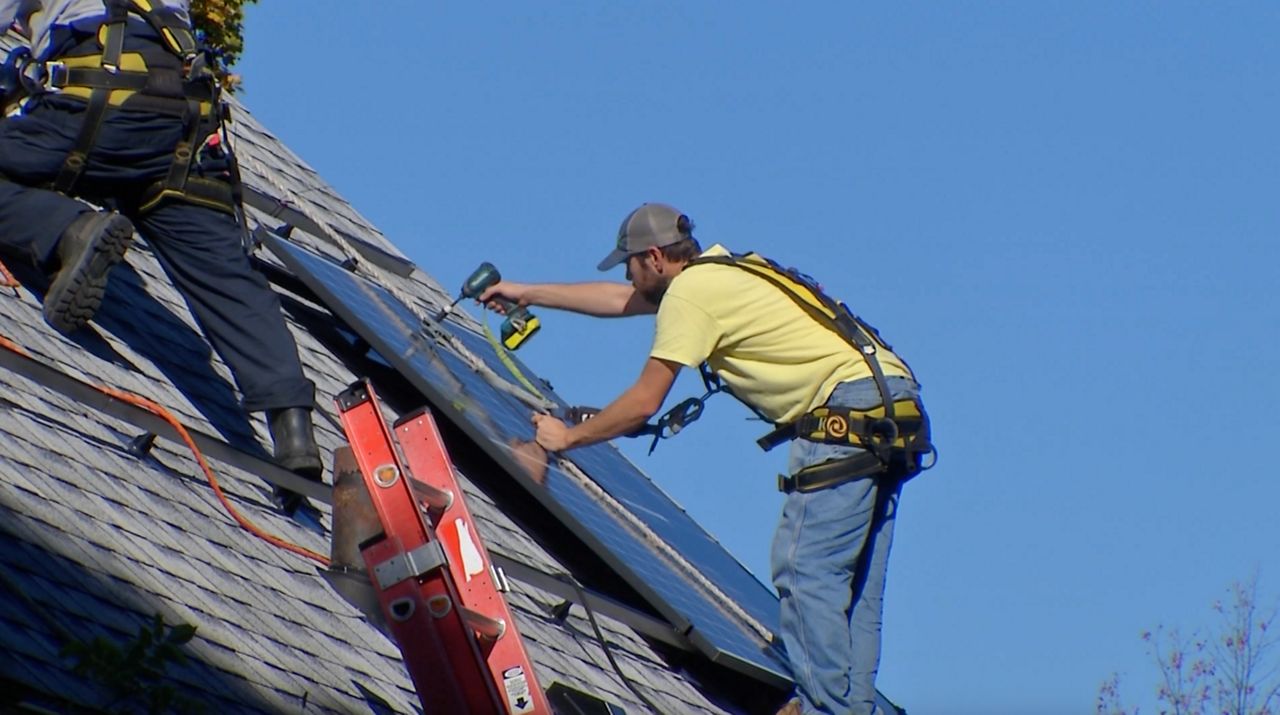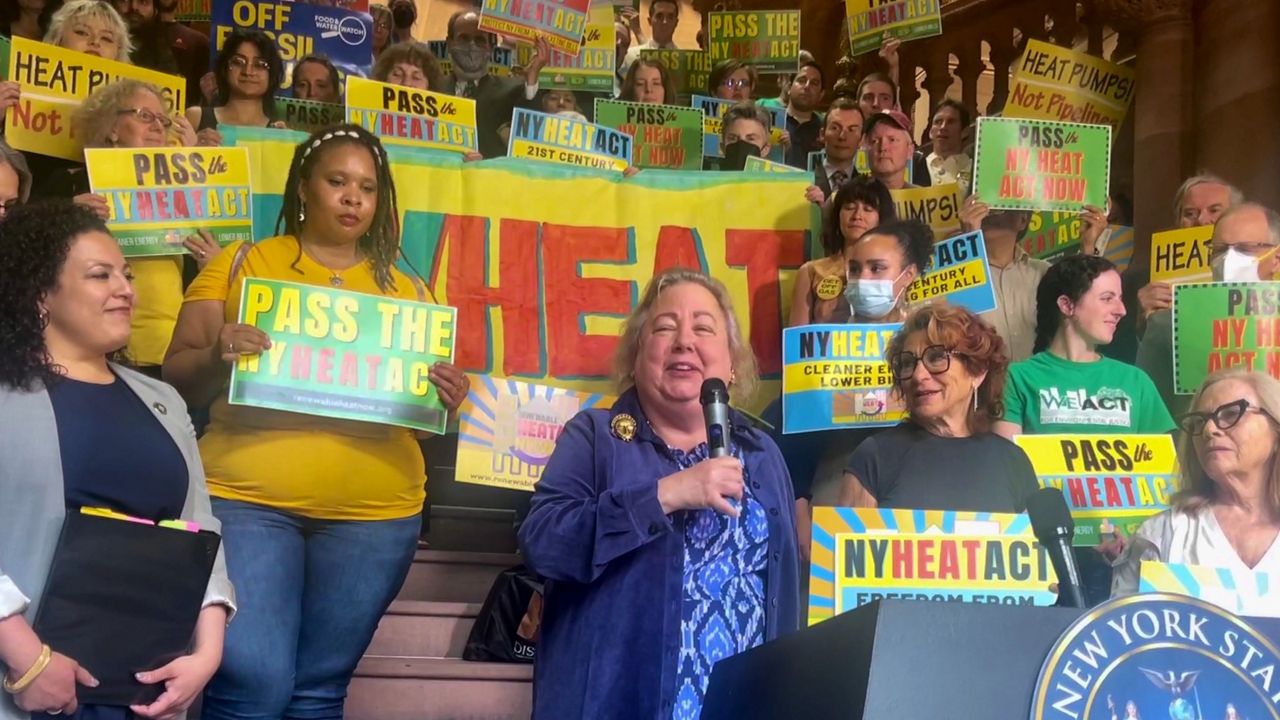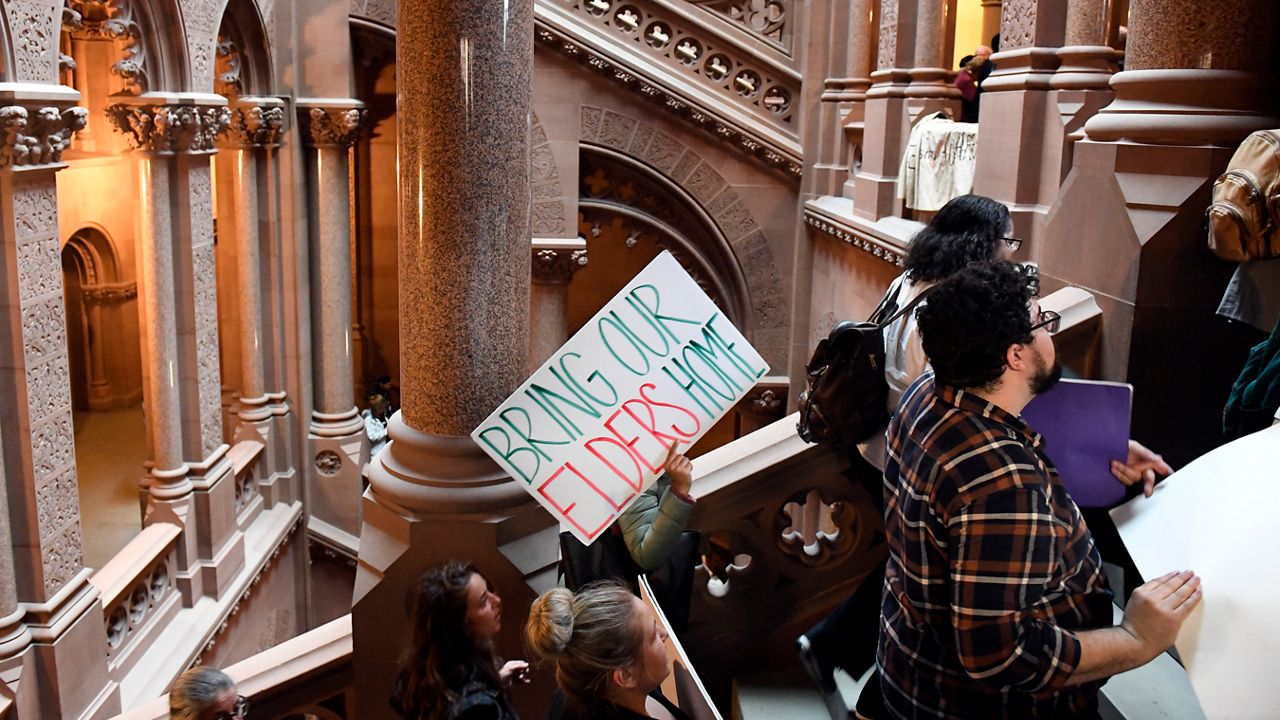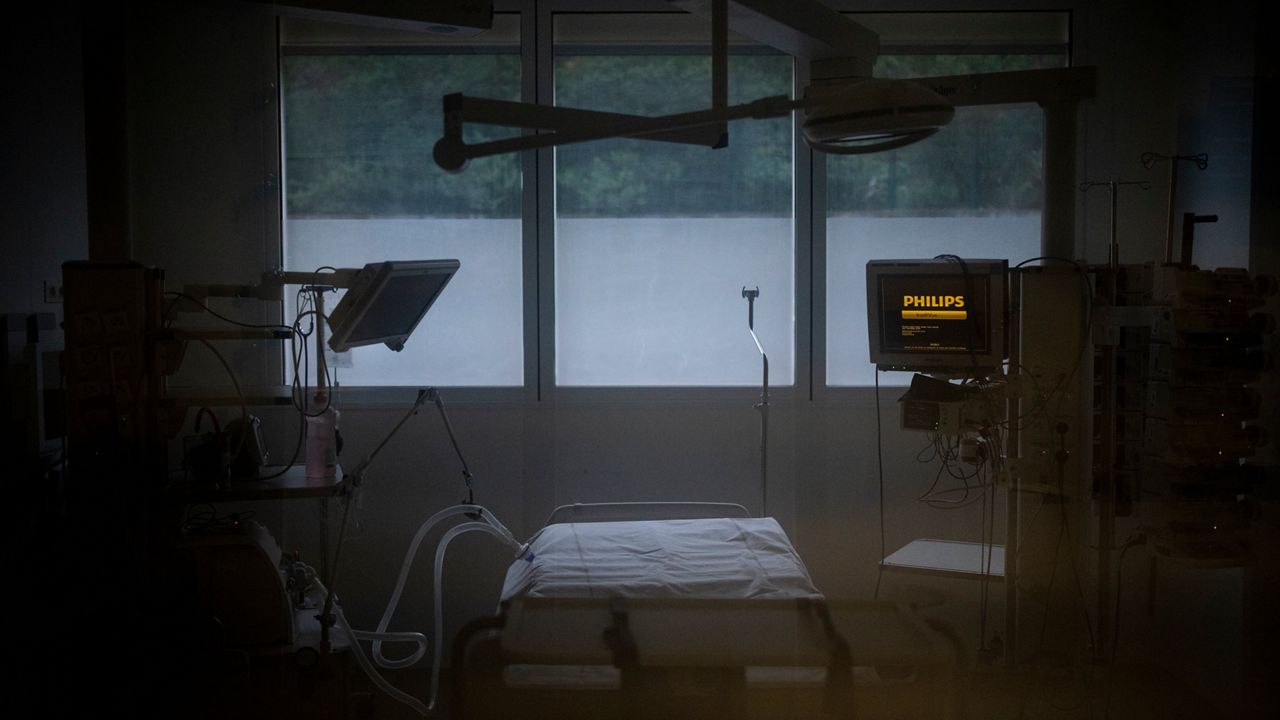Gov. Kathy Hochul on Monday would not rule out changing, or delaying, planned cuts to a Medicaid program that helps disabled and elderly New Yorkers remain in their homes.
New York's Consumer Directed Personal Assistance Program is scheduled to transition to one fiscal intermediary down from nearly 700. The state Health Department is slated to award a five-year, multi-billion dollar contract with a company by Oct. 1.
But new responses from the department about its bid process lacked basic information about the current program. DOH would not provide the number of FIs or home care workers under the program, or how many New Yorkers it serves.
Hochul said the $9 billion Medicaid program is unsustainable, but told reporters Monday she's open to more than one FI as the state works to meet the upcoming deadline.
"The Oct. 1 deadline, we're trying to meet this — trying to right-size this program," Hochul said at an unrelated event in Buffalo. "One [fiscal intermediary] may not be the number, but 700 sounds like an abuse of the program, and in fact, I believe it is. So we're still working this out."
Hochul said the nearly 700 fiscal intermediaries that manage CDPAP take a significant cut of taxpayer dollars, and the program has seen rampant abuse.
DOH is accepting bids, and a company does not have to have an existing presence or experience with New York's Medicaid system to be eligible.
“CDPAP is an important program that empowers New Yorkers to choose their own care at home. We’re committed to protecting home care patients, strengthening CDPAP and ensuring the program is sustainable," according to a statement from the department. "Our reforms will advance that goal by making sure taxpayer dollars are effectively serving the patients who need them."
DOH would not answer questions about why the department did not release more specific CDPAP data.
The contract is not subject to approval by the state comptroller's office — oversight the governor and Legislature agreed to remove as part of the final budget deal. Hochul insisted on the cut to rein in the state’s $100 billion Medicaid program ahead of next year's expected $4 billion spending gap.
The department's responses have prompted questions from concerned families and caregivers about how New York could implement the cut without interrupting care, or forcing disabled and elderly people into adult-care facilities.
"This change was such last-minute, under-the-radar and not involving the people that it actually effects," said Lolli Edinger, a CDPAP home care worker in Ulster County. "And it feels almost like there's a grudge against us."
State and federal lawmakers on both sides of the aisle have come out against the planned change to CDPAP, which serves about 250,000 New Yorkers.
Several New York Republicans in Congress sent the U.S. Center for Medicare & Medicaid Services a letter Aug. 5 about potential consequences of the cut, and requested the department to intervene and stop the change to New York's program before it happens.
"When the governor on the one hand says how much she cares, and then on the other hand, does something that is clearly careless, and frankly will ultimately neither benefit them financially nor importantly help individuals with disabilities," said U.S. Rep. Marc Molinaro, R-19. It's just unfortunate.
Other sates like Massachusetts and Pennsylvania placed their CDPAP programs under one company after years of mismanagement with several providers. Years later, some home care workers in those states continue to see delays in pay, causing interruptions in care.
Home care advocates in New York argue other states studied how to make the change for at least a year, or much longer than New York, and fear worse outcomes in a larger state.
Heather Burroughs, a Rochester mom of four, was featured in a six-figure ad campaign released by the Alliance to Protect Home Care last week.
Her 17-year-old daughter, Devyn, has an Argonaute syndrome, or rare neurodevelopmental disorder and needs round-the-clock care.
Burroughs says CDPAP allows her to keep her job while supporting eight home caregivers for her daughter.
"It's hard enough clearing one person with one agency and I can't imagine 250,000 people trying to migrate over and there not being chaos," she said Monday. "I would hate to think that people would not get paid on time. I know in Pennsylvania, people waited weeks, sometimes, months and they quit.
"It's hard enough to find a caregiver and if you don't pay them and they lose their benefits, if they lose their PTO, I'm really worried about how that will play out."
Hochul on Monday reiterated her promise cutting FIs won't limit CDPAP recipients' access to care.
"The bottom line is: We are not going to affect the care of those who are truly needy," the governor said. "The longterm cases where people know they are going to need help sometimes the rest of their lives, we will be there for them."
The fiscal intermediaries that serve CDPAP patients and caregivers do not schedule medical appointments or ensure quality standards of care, according to the Health Department.
"They essentially take money from Medicaid and then process the checks to caregivers, after taking a cut for themselves," according to a statement from the department Monday. "We're reining this in to focus on quality service and increase oversight of the program so that we can make sure taxpayer money goes to pay caregivers instead of being siphoned off by middlemen."
CMS referred questions Monday to New York officials about its Medicaid program and planned cuts.
"CMS reviews formal requests from states on a case-by-case basis and does not speculate on any potential decisions," a CMS spokesperson said.
EDITOR'S NOTE: Additional context was added to this story about similar changes Massachusetts and Pennsylvania made to the CDPAP program.








